Straddling the Rhône and Saône Rivers between Burgundy and Provence, Lyon has been among France's important cities since pre-Roman times. Today, Lyon is one of France's big-city surprises. You get two distinctly different-feeling cities: the Italian cobbled alleys, Renaissance mansions, and colorful facades of Vieux Lyon (Old Lyon) and the more staid but classy, Parisian-feeling shopping streets of Presqu'ile.
Our group first met in the breakfast room of our hotel for introductions, some of the ground rules for the tour and the taste of French wine.
After this orientation, Patrick took us for a short walk into Vieux Lyon.

The walk ended at a restaurant for our first meal together. The menu included a choice of a sausage starter or salade lyonnaise, the main course was pork with mustard sauce or the local quenelle (a fish dumpling), and ended with the first of many chocolate desserts.
Walking back to the hotel gave us a great view of the Saint-Jean Cathedral at the river's edge and the Basilica Notre-Dame de Fourvière at the top of the hill.
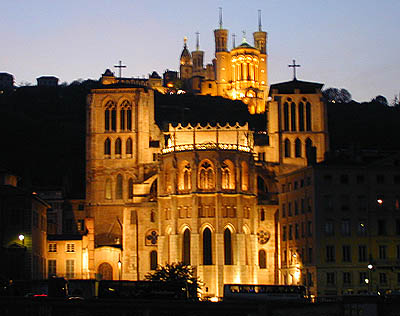
The next day we began with a guided tour of Vieux Lyon, crossing the Saône on the footbridge.
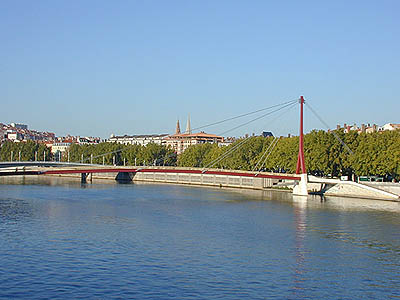
Patrick took us through a traboule, a covered passageway designed to provide shelter when silk was moved from one place to another in the manufacturing process. The exterior doors, such as the one on the right, were unimposing and provided no idea of what was behind them.
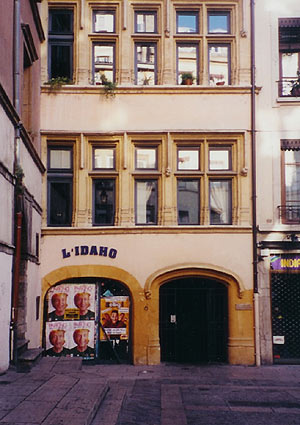
These doors and dark passageways opened into small courtyards. There are over three hundred traboules in Lyon and they provided convenient cover for the French resistance fighters in World War II.
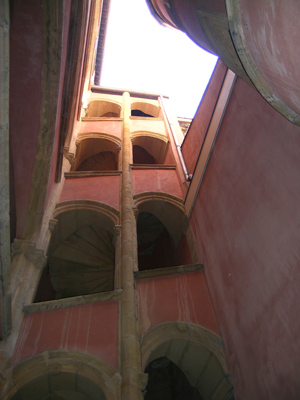
This traboule led us to the Place du Government where Patrick gave the first of many talks on the different styles of buildings.
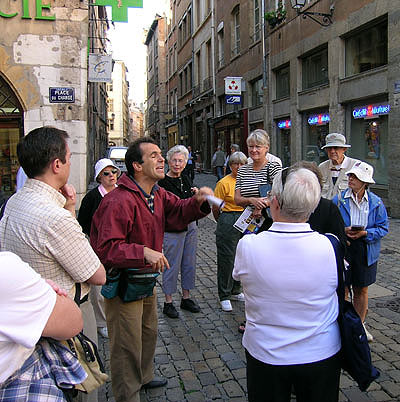
We stopped in front of the St Jean Cathedral to admire the Gothic architecture of the 12th Century building.
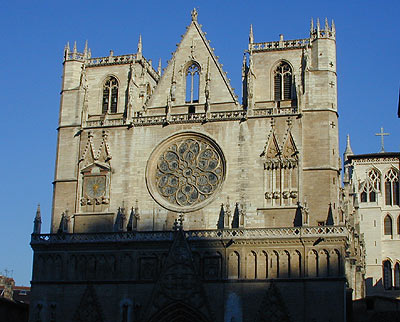
Although we did not go inside at this point, the interior was beautiful, as this photograph of a rose window shows.

Next to the cathedral was an earlier chapel which was Romanesque is style.
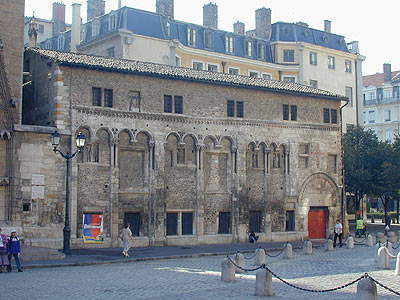
We took a funicular to the top of the Fourvière hill. .
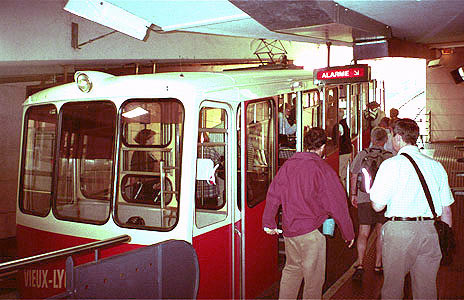
The Basilica Notre-Dame de Fourvière is at the top of the hilll. It was built in the 19th century and is very ornate.
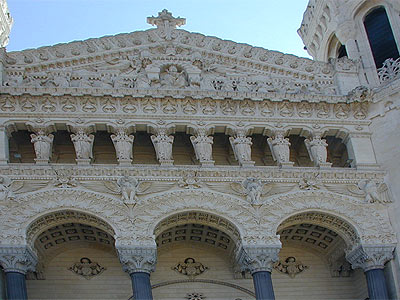
The interior is also ornate.
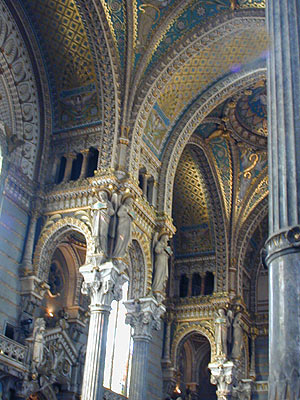
It was quite hazy the day we were there, but Cliff and Kathryn had a great view of the city the day before.
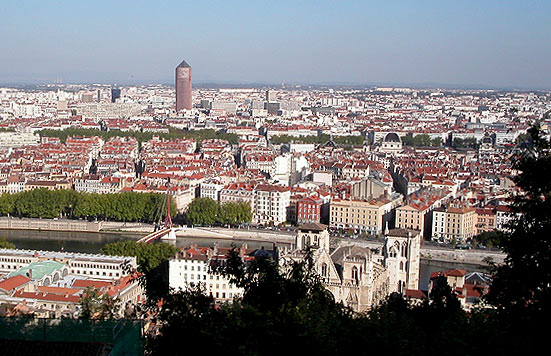
From there we walked a short distance to the Gallo-Roman Museum which was very interesting.

Next to the museum were two amphitheatres.
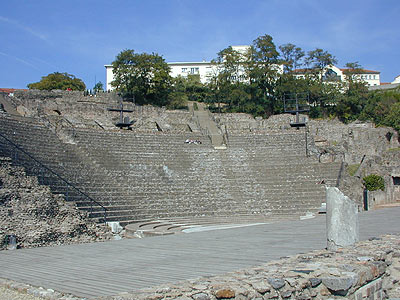

It was here that we had our first picnic lunch at a shady spot at the top of the amphitheatres.

From this delightful spot the group boarded the funicular for the ride down the hill and then the metro to the Resistance Museum which covered the history of the French Resistance in World War II.

In remaining free time, some visited the Terreaux Square whose central fountain was sculpted by Bartholdi. The four horses symbolize the 4 rivers flowing to the ocean.

Two couples from the tour also took a river cruise on the Rhône and Saône Rivers.

For those who came a day or two early, Lyon also has the Museum of Fine Arts, the Museum of Decorative Arts, the Textile Museum and shopping along Rue de Republique.
Lyon was a great city in which to begin our tour and our second day there ended with a beautiful sunset.


On y va to Le Puy-en-Velay
